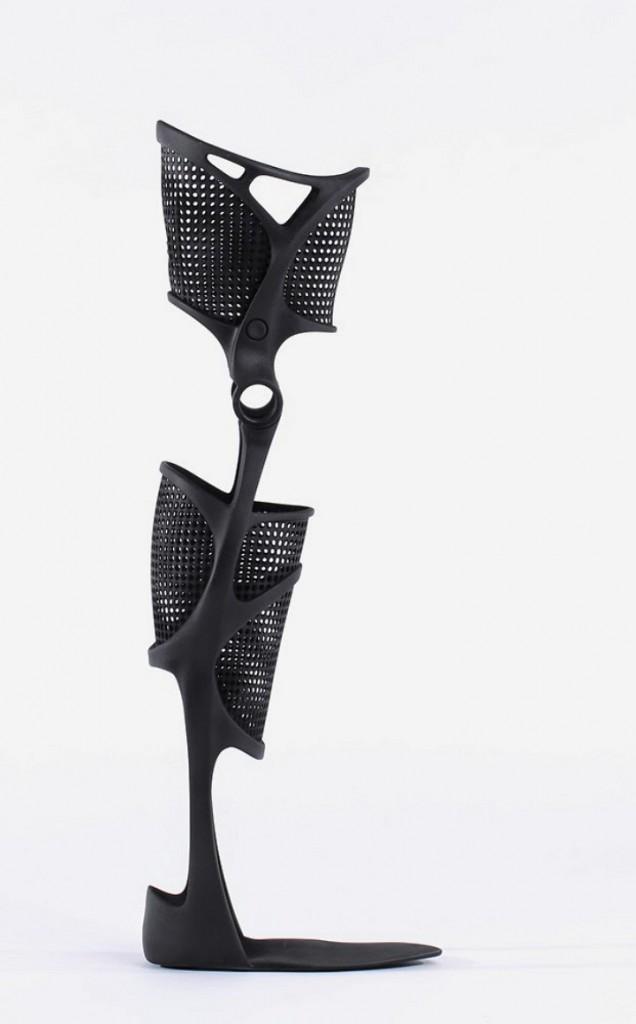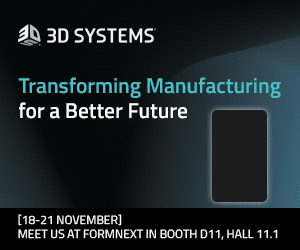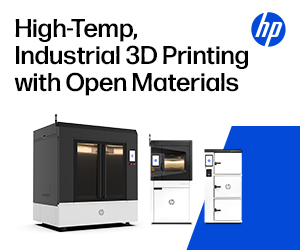 The KAFO Splint is a customizable, lightweight, fashionable – and functional – leg brace design. Industrial designer, Or Steiner gave the old-fashioned leg brace a modern update which fuses the aesthetically pleasing with the strength needed to support a patient.
The KAFO Splint is a customizable, lightweight, fashionable – and functional – leg brace design. Industrial designer, Or Steiner gave the old-fashioned leg brace a modern update which fuses the aesthetically pleasing with the strength needed to support a patient.
If you need them, there is no substitute for braces or splints. Whether as a result of injury or illness, the need to support the full weight of a patient is crucial to their comfort and mobility. In the 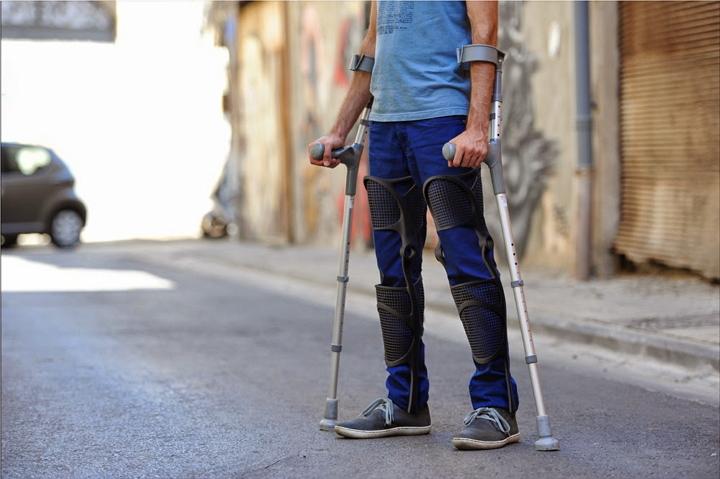 past, such braces left much to be desired when it comes to function and looks.
past, such braces left much to be desired when it comes to function and looks.
Steiner, a former student at the Shenkar College of Engineering and Design, came across 3D printing technology when he sought to make models for his product designs, and his medical device design was the result of a chance meeting with a patient named Ron who had been in an accident some years before.
The accident left Ron dependent on a wheelchair or a set of leg braces and crutches, but the heavy and uncomfortable design of the braces made him unwilling to wear them at all.
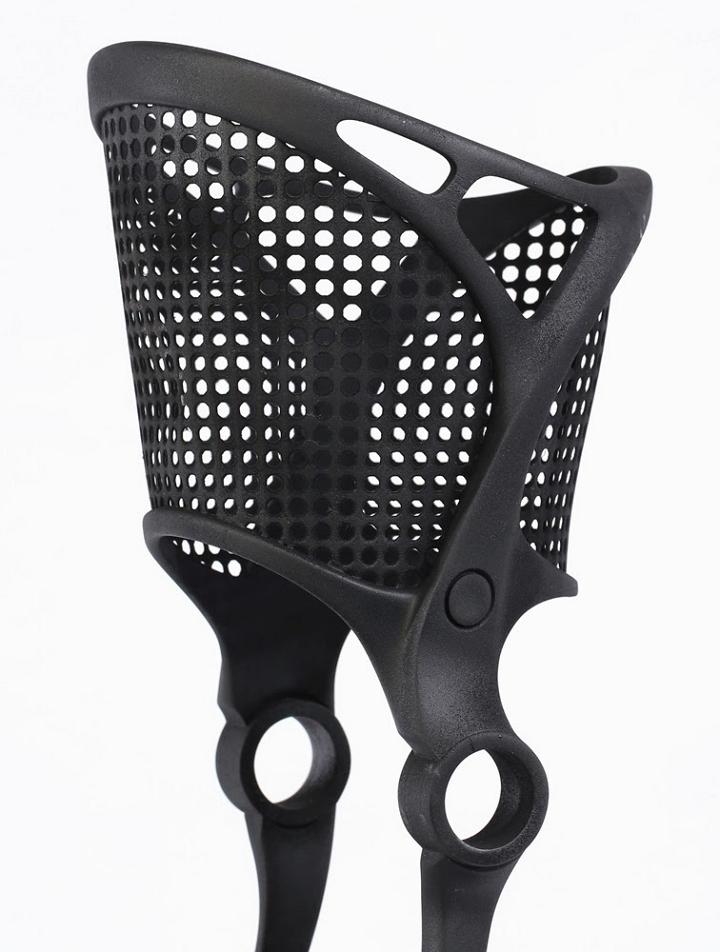 To come up with something useful, Steiner began to work on a personalized set of braces which would be both fashionable and practical.
To come up with something useful, Steiner began to work on a personalized set of braces which would be both fashionable and practical.
“The brace has several essential parts: some catch the thigh and calf back, sit on the knee ligament, a strong skeleton through a brace from the thigh to the foot, a knee hinge and a foot pad that secures it at an angle of 90 degrees,” Steiner says. “Current braces are cumbersome, heavy, not aesthetic, and Ron did not frequently use them. I wanted to design braces and crutches with an advanced technology so that those who need them want to use them.”
This “KAFO Splint,” is solid enough to provide stability, but the open design allows for airflow, and as an added bonus, 3D scanning technology means each KAFO Splint can easily be adapted perfectly to fit a patient’s body. Steiner used the rigid opaque black version of Stratasys’ 3D VeroBlack material to provide the strength and support required to build the KAFO Splint.
“The main advantages are that it is customized and personalized to the user,” Steiner told the Stratasys Blog. “The 3D print can look like a regular product that was created using injection molding, but it’s actually custom made. The design possibilities are great, and the finished product can be very attractive.”
The KAFO Splint was built using an Objet1000 Multi-material 3D Production System following months of trial sketches and designs. According to Steiner, he was particularly pleased that his design could be printed in one piece, and even though the KAFO Splint covers most of a patient’s leg, the entire finished 3D print fit easily within the one-meter build tray of the Objet1000 printer.
Have you seen other versions of medical devices or splints which were entirely 3D printed? Let us know in the Lightweight Leg Brace forum thread on 3DPB.com.
Subscribe to Our Email Newsletter
Stay up-to-date on all the latest news from the 3D printing industry and receive information and offers from third party vendors.
Print Services
Upload your 3D Models and get them printed quickly and efficiently.
You May Also Like
Export-Import Bank of U.S. Loans $27.4M to 6K Additive to Boost U.S. Metal Powder Output
Critical minerals have overtaken news cycles all year, with U.S. tariffs and Chinese export curbs disrupting supply chains and driving new waves of investment. As recently as last week, at...
Pushing Hypersonic Limits: LEAP 71 & Farsoon Reveal AI-Designed Precooler at Formnext
There has still never been a single-stage-to-orbit (SSTO) craft launched from Earth, but plenty of companies are working tirelessly to realize that dream, and additive manufacturing (AM) is integral to...
Europe’s Reshoring Moment: How AM Can Power Industrial Recovery
For years, Europe has seen much of its manufacturing base shrink as production has moved overseas and global competition has increased. Now, the region is trying to bring that work...
Advanced Manufacturing Reinvents Defense Castings, Strengthens Industrial Base
The convergence of the Fourth and Fifth Industrial Revolutions, compounded by rising geopolitical pressures, calls for a more agile and resilient supply chain. In response, the Department of War (DoW)...


